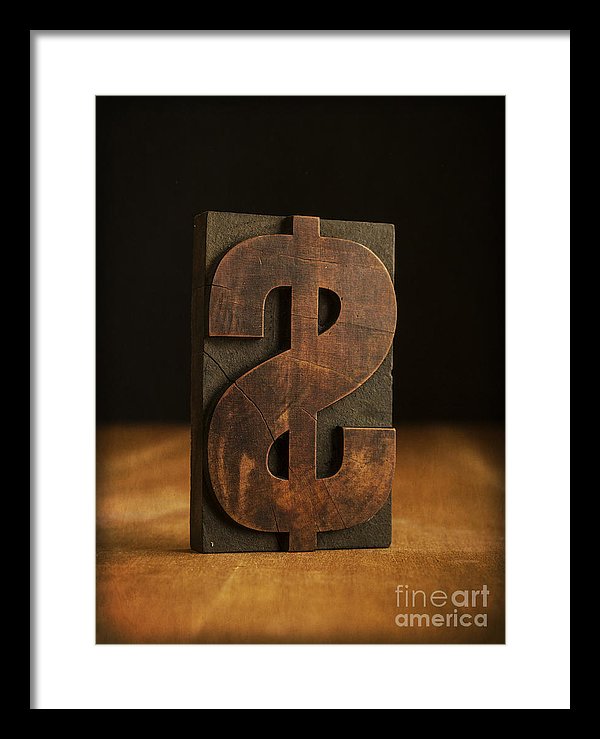Above: “The Almighty Dollar” by Edward M. Fielding.
Stock photography is basically “off the shelf” as opposed to a custom photo shoot.
Years ago someone had the bright idea of storing generic and extra photographs for use in products that over and over had use for the same sort of generic images.
Imagine designers of menus for local Chinese restaurants needing shots of egg rolls. There are hundreds of Chinese restaurants in the country and few have the resources to commission a custom photo-shoot. They also care little if some Chinese restaurant on the other side of the county uses the same photo of won-ton soup in their menu.
Another classic is the church choir director make up the weekly hymn list for Sunday. Each week they need another shot of “god rays” shooting out of a cloud. Might as well be a generic shot as it’s only used that one time.
Back in the day, these stock photographs were published in catalogs which were sent to image buyers once or a few times a year. The designers would keep them on the shelf in their cubicle and when they needed a generic shot, they’d pull down the catalogs and flip through until they found something they could use – perhaps a girl in a bikini holding up a “Sale!” sign or a cute dog wearing sunglasses. Then they’d call up the agency and the agency would ship over the slide.
Fast forward to the digital age and the catalogs are not searchable online databases and the uses for stock images include everything from newspaper ads to online ads to billboards, book covers and packaging.
At first stock was a way for working photographer to earn a bit of money on the side by licensing outtakes from commercial gigs, keeping skills sharp in between regular paying jobs or even serving as a full time gig as a travel photographer.
Nowadays, it seems everyone who owns a camera has gotten in on the act ballooning the available stock images into the zillions and driving the costs down to point of nothing.
Hobbists simply enjoying the idea that someone likes their photo enough to purchase it and competition between all of new digital stock agencies as well as the advent of cheap professional quality digital cameras and post-processing, have created a market that allows just about anyone to join in on the fun, yet makes it nearly impossible for anyone to make any real money at it.
Truth be told, I started back into photography and quickly found stock photography as a way for my gear purchase to pay me back. But eventually, I moved on to fine art photography and put most of my effort there.
I’ll submit new photographs to my stock photography portfolios on Shutterstock, Adobe Stock, Dreamstime, Alamy and ArcAngel once in a while but my main focus is on my fine art portfolio. I probably have 6 times as many pieces in my fine art portfolio as I do in stock.
Here is an example of a good stock image. This bagel sandwich photograph has been licensed over 400 times since it has been available on Shutterstock. It has netted over $360 and will most likely continue to be licensed in the future.
But I’ve also managed to sell this image a few times as fine art wall decor and it has probably netted about the same in fine art sales.
In contrast this image of a lobster pound restaurant in Connecticut is one of my best selling fine art prints and it has brought in thousands of dollars as print sales.
Here is another example. This image was used on a bestselling paperback novel “Memory Man” by David Baldacci licensed via ArcAngel and netted me close to a thousand dollars due to reissues of the novel. It has sold only once so far from my fine art portfolio as a coffee mug,
This photograph of a vintage scale took some doing. I had to convince a friend to let me borrow her family heirloom, come up with a baking concept, compose, light and post-process the image. Then it was licensed to a German puzzle (less than 1,000 unit run) via Alamy. I only got $8 out of the deal.
Luckily it has sold as a large final art framed and matted print for a lot more than a $8 profit margin.
This image appeared on the cover of a local pets magazine in Florida. Licensed through Getty images, I got a measly $1 for my trouble. But it is one of my bestselling fine art prints.
So goes the “glamorous” world of stock photography. Sometimes you get some bragging rights about having your images on a newsstand or in a store but most of the time you are just working for pocket change.
